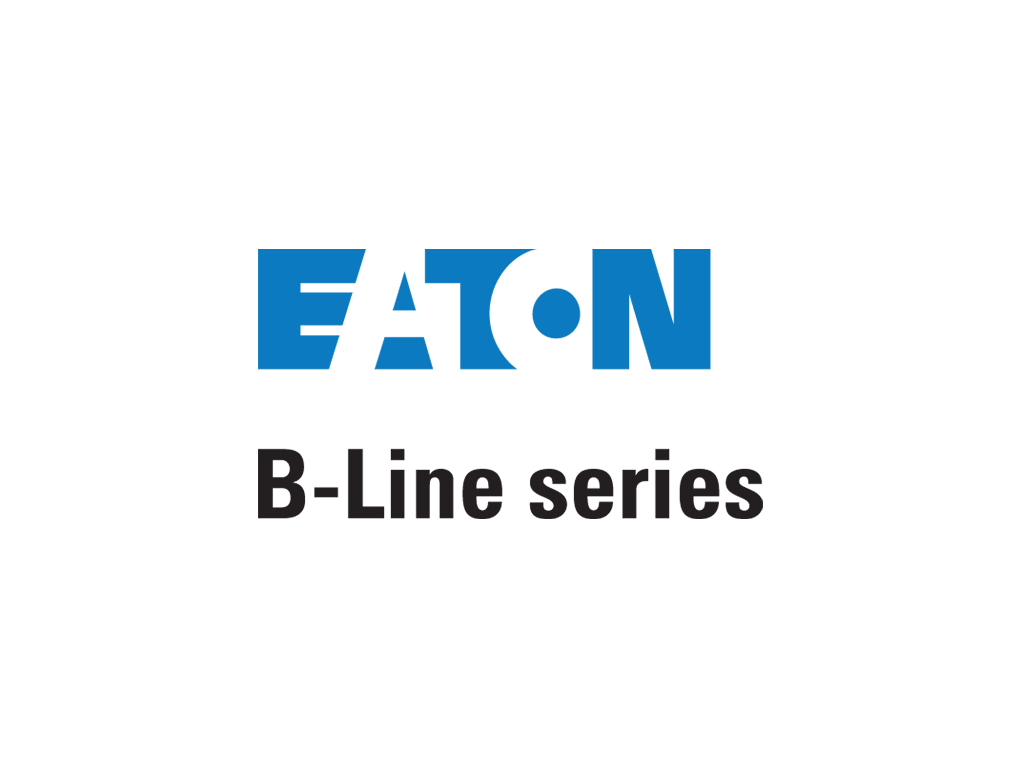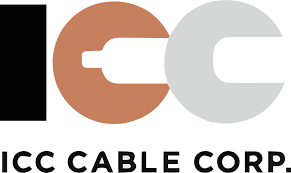Wire & Cable Basics
Welding Cable
Welding cable is a flexible, durable power cable used to connect welding machines to electrodes and work clamps. Learn how it’s built, how to size it, and where it’s used safely according to NEC Article 630.
What Is Welding Cable?
Welding cable is a highly flexible single-conductor cable designed to transmit power in the secondary circuits of electric welders.
It is defined by the National Electrical Code (NEC) Article 630 – Electric Welders as a cable built specifically for welding applications that demand high current, flexibility, and abrasion resistance.
Construction and Ratings
Welding cable typically consists of:
Finely stranded copper conductors (Class K or Class M for maximum flexibility)
Thermoset insulation made from EPDM (Ethylene Propylene Diene Monomer) or Neoprene rubber
This combination allows the cable to withstand mechanical stress, vibration, and heat without cracking or melting.
Standard characteristics:
Conductor sizes: 8 AWG – 500 kcmil
Voltage rating: 600 V (some 100 V versions exist for light-duty use)
Temperature rating: 90 °C or 105 °C
Insulation type: EPDM or Neoprene thermoset rubber
Color: commonly black or red, though other colors may identify polarity or function
Because it is thermoset, welding cable resists weld spatter, oil, and abrasion far better than thermoplastic wires, making it suitable for rugged environments and constant movement.
Welding Cable Applications
Welding cable is used to carry the current between the welding power source, electrode holder, and work clamp.
The NEC identifies two main types of welding processes that rely on this cable:
1. Resistance Welding
Resistance welding joins two overlapping metal pieces by pressing them between two electrodes and passing low-voltage, high-current electricity through the joint.
The metals’ resistance to current flow generates heat that fuses them together. Welding cable connects the electrodes to the power source, safely delivering the required current.
2. Arc Welding
Arc welding creates an electric arc between an electrode and the workpiece, melting both to form a joint.
A shielding gas such as argon or carbon dioxide may protect the weld from contamination.
Welding cable supplies the electrical energy that maintains this arc.
Beyond these, welding cable is also used in:
Automated welding systems
Portable welders and fabrication equipment
Shipyards, construction, and repair facilities
Industrial maintenance where flexible, high-amperage cable is needed
Ampacity and Sizing
Ampacity (current-carrying capacity) is the maximum current a cable can handle without overheating.
For welding cable, ampacity values differ from building wire because the duty cycle and environment of welders are unique.
Key Sizing Factors
Welder Output Power – the maximum amperage your welding machine can deliver.
Duty Cycle – the percentage of a 10-minute period that the welder can operate at a given output before overheating.
Circuit Length – the total length of both electrode and work cables; longer circuits require larger conductors to reduce voltage drop.
Manufacturers and welding textbooks often provide sizing charts correlating these variables.
As a general rule, higher current, longer runs, and shorter duty cycles all require larger gauge cable.
Installation and Use Considerations
Welding cable’s flexibility and rugged jacket make it ideal for portable and temporary setups where the cable is constantly coiled, uncoiled, or dragged across rough surfaces.
However, most welding cable is not UL Listed for fixed wiring under the NEC unless it carries an additional listing or approval.
Authorities Having Jurisdiction (AHJs) may allow its use in certain installations if judged safe, but for permanent wiring, other flexible, UL-Listed cables such as DLO or Type W are typically recommended.
Safety Tips:
Inspect cable regularly for cuts, burns, or exposed copper strands.
Use properly sized connectors and lugs rated for fine-stranded conductors.
Avoid routing near sharp edges, moving parts, or hot surfaces.
Follow manufacturer and NEC Article 630 guidelines for length and ampacity.
Key Takeaway
Welding cable is purpose-built for high-current, flexible welding applications.
Its fine copper strands, tough thermoset insulation, and exceptional flexibility make it indispensable in manufacturing, construction, and repair work.
Selecting the correct size and maintaining it properly ensures safe, reliable operation and long service life.
Looking for welding cable?
We stock a wide range of UL-rated welding cables in multiple sizes, insulation types, and cut-to-length options — ready to ship.
Contact us today for quotes, technical data, or recommendations for your welding setup.

































